Read next
The latest news, updates and expert views for ambitious, high-achieving and purpose-driven homeowners and property entrepreneurs.

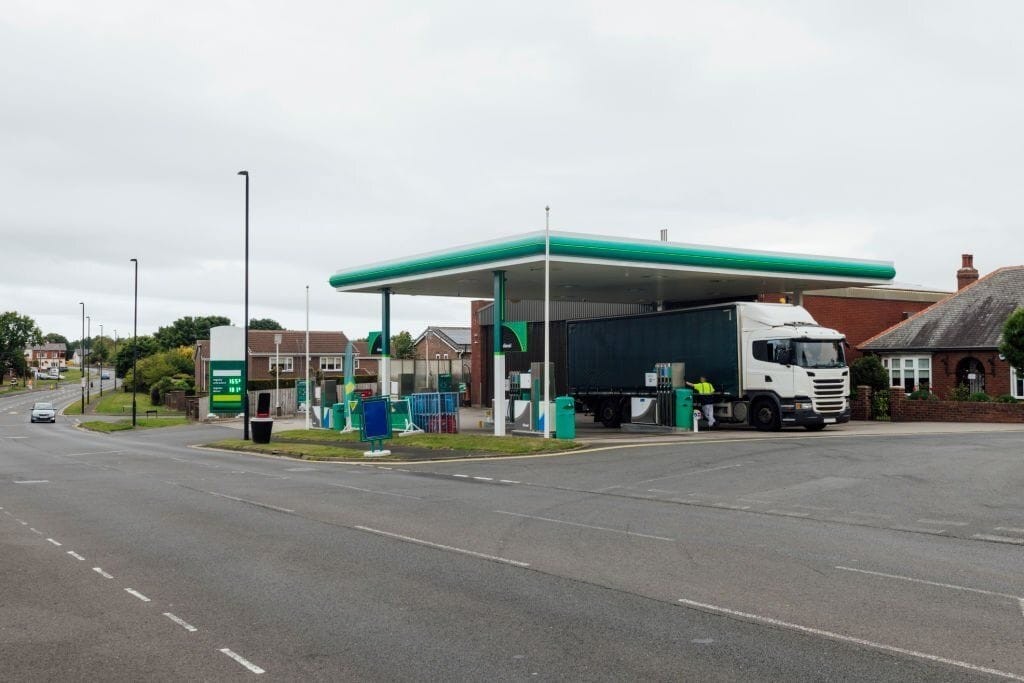
There are many implications of increasingly ambitious environmental policy across the UK. A monumental one is the stimulation of electric vehicle use and phasing out of petrol and diesel-fuelled cars.
One interesting side effect of this has been a decrease in consumer demand for petrol stations. As these sites are generally well located in terms of their connectivity to road networks, their land should theoretically be quite valuable. However, it’s been argued that trepidation around these sites, due to potential land contaminants, has driven market values down.
The question, then, is what to do with that land – there can be great potential here for building flats or houses on a former petrol station site, but anyone thinking of developing one of these plots should also be aware that in some (but not most) cases they can be very contaminated.
In this article, we’ll explore the redevelopment potential of disused petrol station sites for housing. As a current or prospective property owner, how can you determine the extent of contamination on a decommissioned petrol station, and whether there is a viable way forward for a safe and successful development proposal?
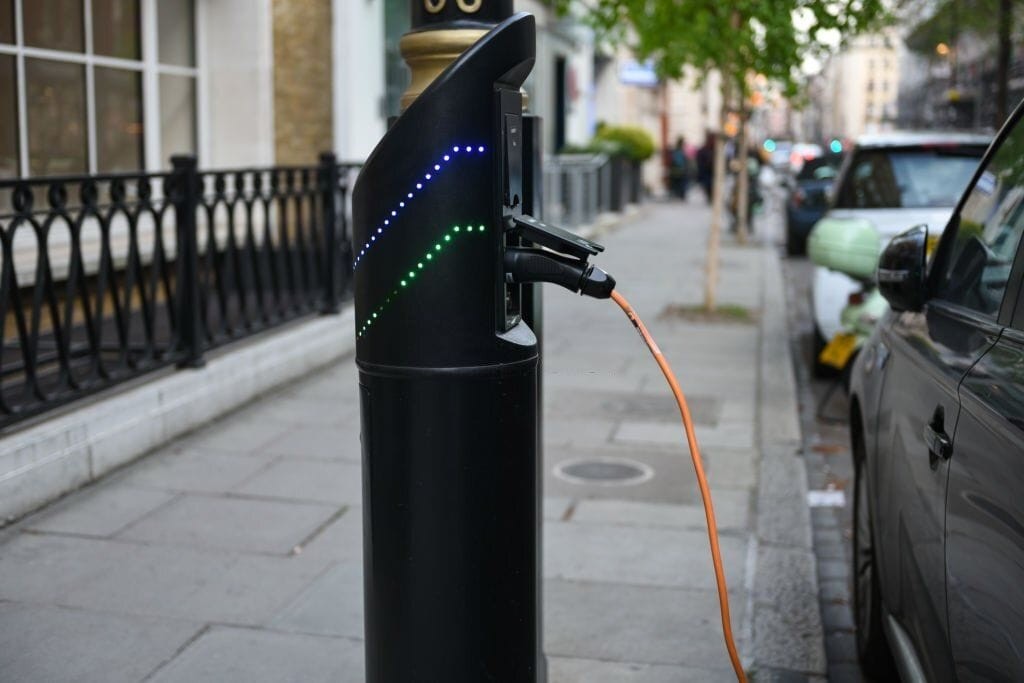
The electric vehicle transition has been encouraged in various ways. In 2017, the government announced a £400 million fund to increase the delivery of electric vehicle charging points as part of its Road to Zero strategy. The action laid the groundwork for a long-term plan to ensure that at least half of new cars would be ultra-low emission by 2030, and that all new cars would be zero-emission by 2040.
Building upon this, the government’s 2021 Net Zero Strategy introduced the zero-emission vehicle mandate, which directed a whopping £620 million of investment into electric vehicle grants and related charging infrastructure – alongside a further £350 million to support the electrification of public vehicles.
Coupling all of this with the 2019 rollout of consumer-choice initiatives like the Ultra Low Emission Zone (ULEZ) in Central London, which charges a £12.50 daily tariff to drivers whose vehicles do not meet the emissions standard, it becomes clear that the transition away from petrol has substantial financial backing.
Since the consumer demand for petrol stations is being phased out, their use is soon to become defunct. It’s therefore important for current and prospective owners of these sites to have a sense of what’s required in order to bring them into modern use.
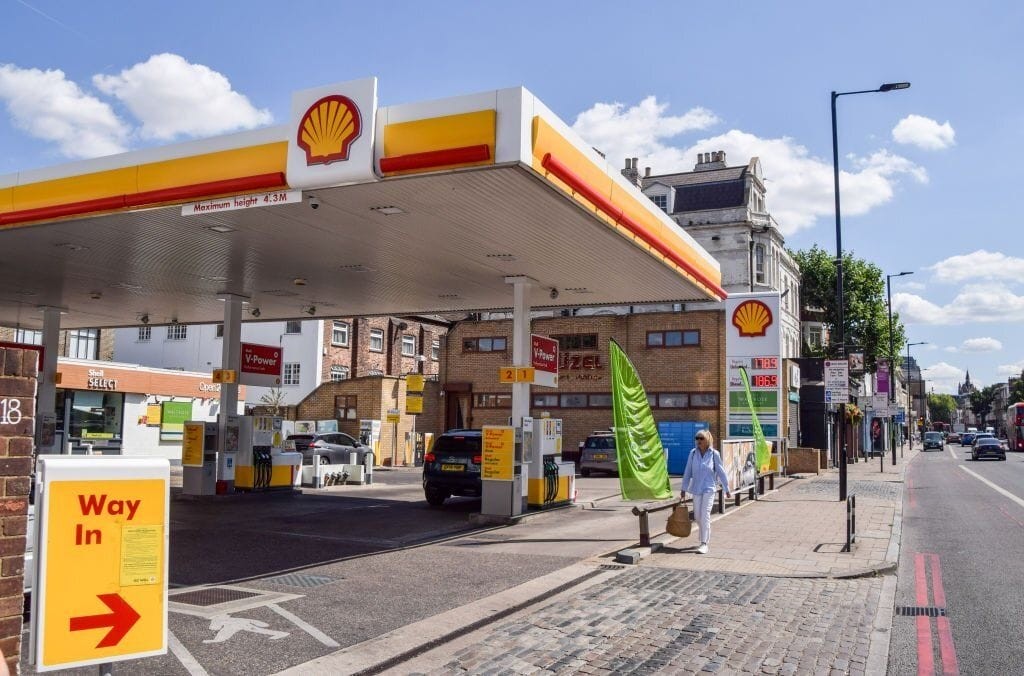
Of course, environmental policy isn’t the only thing that has propelled many former petrol station sites into disuse. Another factor has to do with who owns them.
Supermarket giants like Tesco, Asda, Morrisons and Sainsbury’s have out-competed local filling stations, phasing out the independent servicers that have dotted the country’s landscape since 1919. At the same time, the comparative profits of groceries have pushed these chains to cut their fuel offerings.
This has also had an indirect impact on the other services that petrol stations tend to offer. From the 1970s onward, many stations generated revenue by operating convenience stores alongside filling services, due to slim profit margins on petrol.
In doing so, they could serve the late-night customer, as petrol stations would stay open long after supermarkets closed. However, the mini-markets that have since cropped up across London and beyond have diminished this comparative advantage.
In 2016, it was estimated that over 60% of the UK’s independent filling stations – over 4,000 – had closed throughout the previous 15-year period. Today, there are 8,378 petrol stations in total across the UK, compared to 13,107 in 2000.
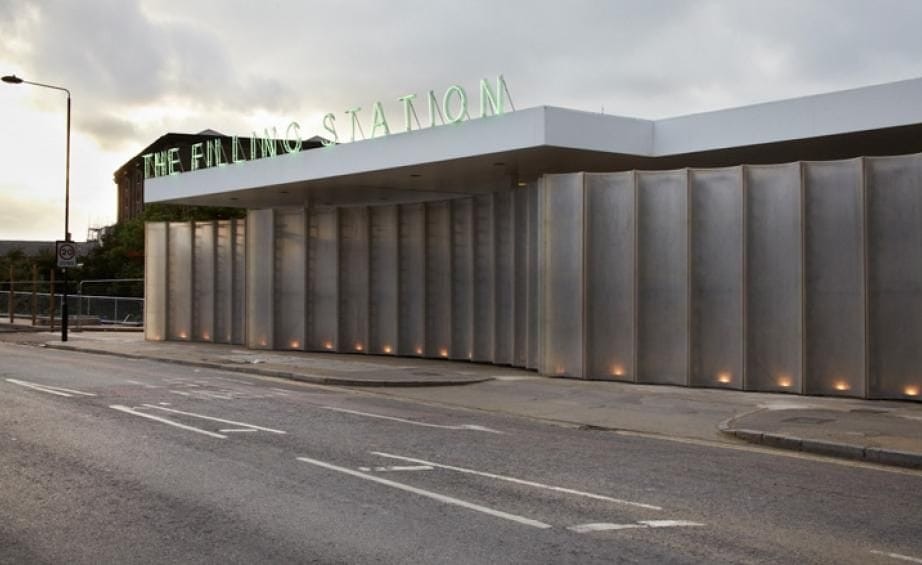
With such clear trends toward change, it’s no surprise that the sites of abandoned petrol stations have come to the attention of architects and developers. In King’s Cross, a former petrol station on Goods Way has been converted into a trendy restaurant called Shrimpy’s. In Clerkenwell, The Cineroleum was temporarily transformed into a cinema in 2010, as part of Assemble Studio’s project to highlight the reuse potential of the UK’s then-4,000 empty petrol stations.
Following 2021's fuel shortages, the LondonWorld data team explored which parliamentary constituencies across the capital were best serviced by filling stations. Unsurprisingly, they found that these are not evenly distributed. Twenty-five areas, including Bermondsey and Old Southwark, Hackney North and Stoke Newington, Hampstead and Kilburn, Kensington, Lewisham and Deptford had fewer stations than the national average. This means that two stations existed to serve a populace of approximately 80,000 people.
However, nine areas – including Brent Central and North, Dulwich and West Norwood, Ealing North, Edmonton, Feltham and Heston, Hornchurch and Upminster, Orpington and Sutton and Cheam – had more petrol stations than the national average, clocking between eight and 12 each. If you’re interested in the opportunities on former petrol station sites for housing development (or for any other type of use), these could be locations to keep an eye on.
It will also be important to understand the additional uses, like a cafe or convenience store, that formerly operated at each location. Maintaining these through a mixed-use proposal could be a strategy for securing planning permission. It will also be necessary to highlight the surrounding context, and how that fosters a good location for your proposed redevelopment of a petrol station site.
Connectivity to local road networks, commercial clusters and existing residential neighbourhoods will all help to tell the story of your proposal. After all, a planning application for a redevelopment that fits in with the local fabric will be much more compelling than one on a middle-of-nowhere highway stretch.
We’ll explore all of these factors further in a bit. But first, if you’re looking into development opportunities on one of these sites, the biggest question you’ll have to answer is the extent of contamination present - and the steps you’ll need to take to address it. That brings us to our next point.
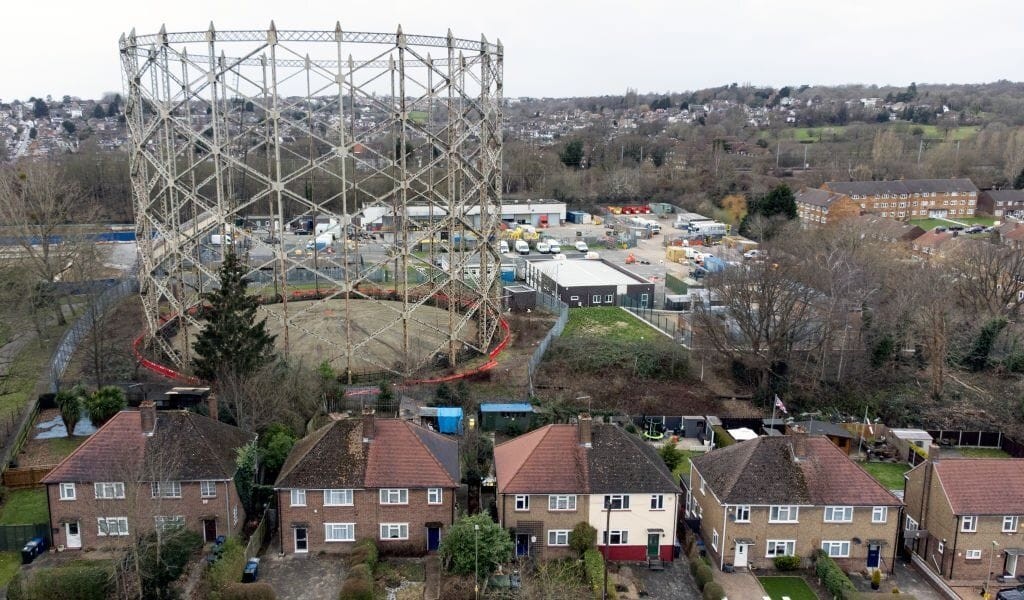
It’s one thing to know that land – often in well-located urban areas – is becoming available for development due to consumer trends away from a former service. However, petrol stations also come with one difficult hurdle: the challenge of potential land contamination. The government has long published guidelines on dealing with land affected by contamination – all of which establish that pollution must be considered as part of the planning process.
In 2012, the Department for Environment, Food and Rural Affairs released Contaminated Land Statutory Guidance under the Environmental Protection Act 1990. This intends to explore how local authorities should legally determine whether or not land is contaminated. It also lays out requirements for land remediation, a process through which contaminated land is restored and brought back into a viable brownfield state.
Underlying all of this is the idea that the UK has a long history of dealing with contaminated land, both as a result of normal human activity and of navigating the impacts of the post-industrial era. A number of sites that were formerly under industrial use or employment by waste disposal facilities have since come back into the brownfield register, which we’ll discuss in a bit more detail momentarily.
For now, the point is not that this land is untouchable, but that in the interest of population health and public safety, clear measures need to be in place for determining risk and response.
The guidance accomplishes this by laying out the inspection duties of local authorities. It also defines “risk” as a combination of:
a. The likelihood that harm, or pollution of water, will occur as a result of contaminants in, on or under the land; and b. The scale and seriousness of such harm or pollution if it did occur.
Since all soils contain substances that could pose harm to human or environmental receptors, the purpose here is to define what constitutes an “unacceptable risk.” It’s important to understand this policy language, because it’s exactly what a planning application for a development proposal on one of these sites will have to overcome.
If you bring forward an application for housing development on a decommissioned petrol station, your local authority will likely be concerned with the potential “contaminant linkage”. This term describes the relationship between the contaminant, a pathway and a receptor. In plain English: if any pollutants identified underground are also understood to have a clear route for getting into water or releasing toxins that are harmful for humans to breathe in, the level of “risk” that the site is deemed to have will increase.
The guidance then outlines the responsibility of local authorities to embark on a risk assessment, employing external expertise. This is a key point, because it means that a successful planning application should be backed by a risk assessment as well. It will show the council that you understand their legal obligation to determine contaminative risk, and have done the due diligence to explore the parameters of your site in terms they will understand.
Having discussed the policy requirements, we’ll now look into the steps that you need to take if you want to either acquire one of these sites or take an application forward on one you already own.
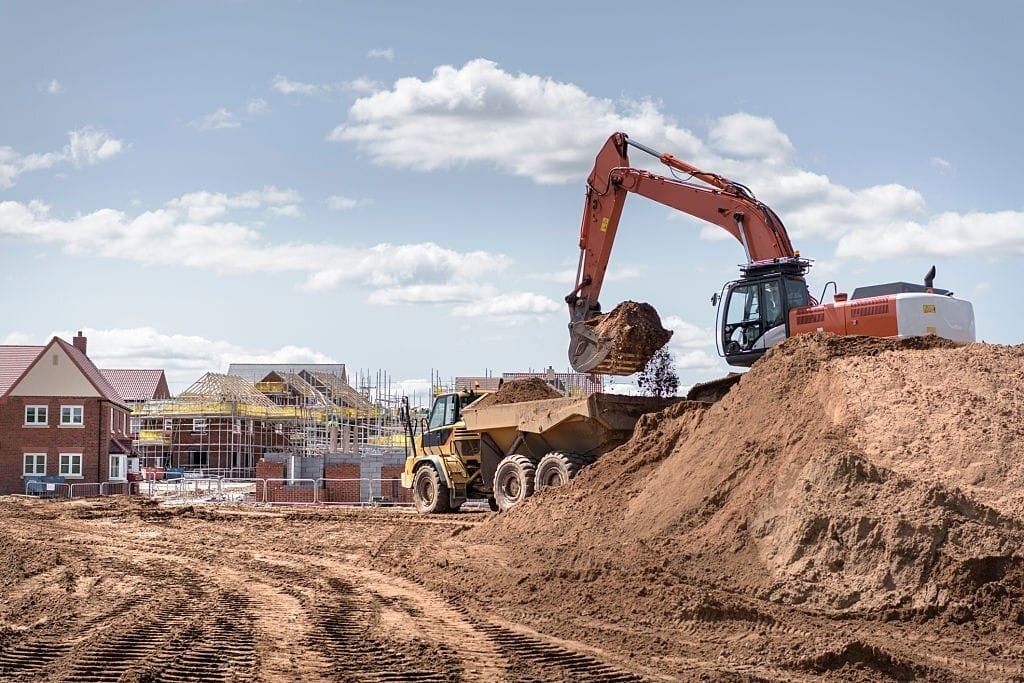
Before you invest in a former petrol station site for the purpose of any redevelopment, you’ll want to know just how possible it will be to remediate that land to the required standard. That’s why the first step is to identify the level of contamination that you’re working with.
This can be accomplished through the commissioning of a Contaminated Land Investigation, which determines the extent of existing pollutants and the necessary measures to address them. At Urbanist Architecture, we advise our clients on the appointment of qualified experts capable of carrying out these investigations, and continue to liaise with them throughout the planning and design processes.
It’s worth noting that you do not have to already be the landowner in order to embark on the planning process for a site. So, if you haven’t purchased the site yet, starting with a desk-based Phase 1 Contaminated Land Investigation can help you understand whether the redevelopment is viable – and whether your investment seems profitable. It could then provide you with a powerful negotiating tool, depending on the results of the survey.
And if you do decide to go ahead with the acquisition of vacant former petrol station land – or if you already own a filling station that is no longer profitable – then you’ll find yourself with the proper knowledge to determine the best route forward.
Any development proposal on such a site is likely to be contentious with your local council, so we recommend doing the necessary research from the beginning in order to have the best shot at success later on.
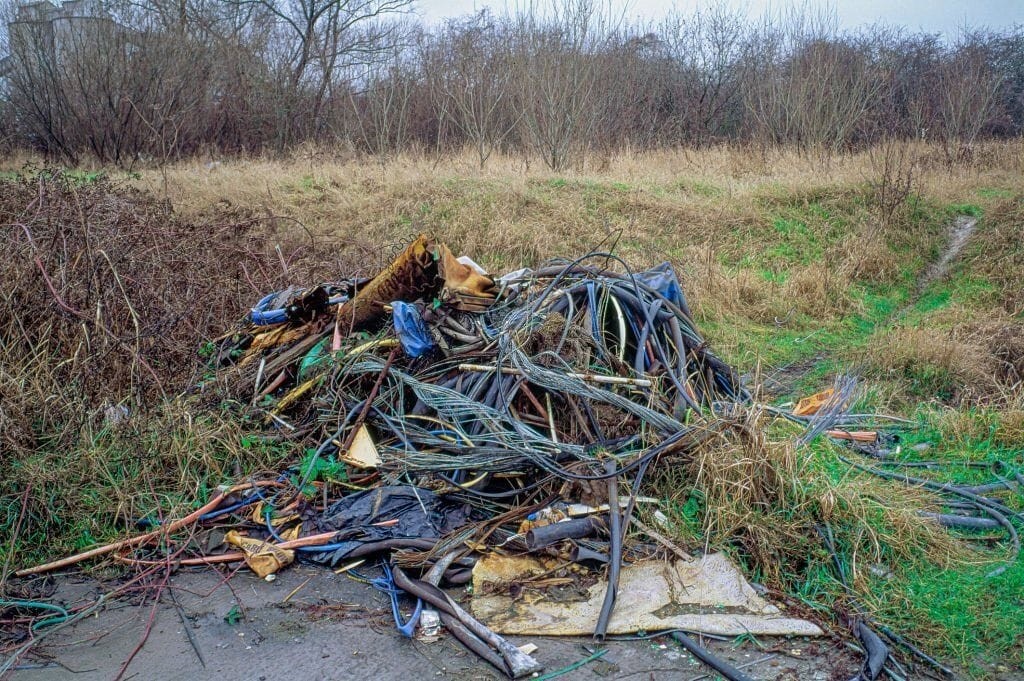
Contrary to public perception, research shows that former petrol stations across the UK vary considerably in their levels of ground pollution, with only 10% of sites demonstrating serious signs of petrochemical contamination. This means that 90% of former petrol stations present some kind of development opportunity if the proper measures are taken on-site. For a city in a housing crisis, this could unlock a surprising number of developable sites for welcome delivery.
But for your planning application to be successful, you need to know what’s required on-site in order to build safely. Your Contaminated Land Investigation will determine the pricing and extent of land remediation, which helps you weigh the costs and benefits of moving forward.
Furthermore, in addition to getting a sense of the chemical composition beneath the surface, you’ll also want to have a sense of the physical infrastructure that you might not be able to see. Depending on the design of the petrol station, you could be dealing with a variety of underground fuel storage tanks that might still contain petrol.
In order to prevent any delays or hidden costs later on, these should be identified early. Your appointed consultant who carried out the Contaminated Land Investigation should also be versed in a variety of techniques to safely remove these tanks.
This could involve filling them with water and then using tank-cutting equipment to prepare the fuel stores for safe removal, following which soil samples will likely be taken in order to ensure that no contamination was caused by the removal process.
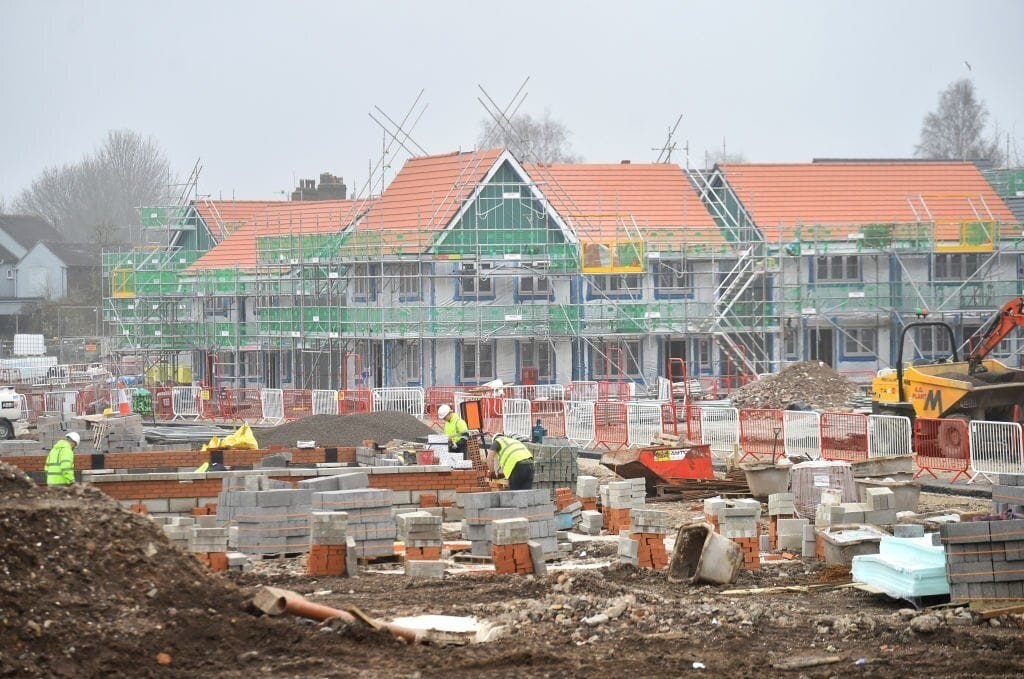
Though it’s quite a serious consideration, contamination is not the only planning matter that you will have to address. Your application will also have to propose the site’s change of use from its existing classification (sui generis) into residential (C3).
As your planning consultant, there are a number of factors that we would draw on in order to justify this, including the site’s accessibility to transportation resources and other civic and social services. We might also reference housing need in the local area, which will help to argue your case.
It’s worth noting that a complex project like this could benefit from starting with an initial Feasibility Study and Planning Appraisal. This is a service that we provide in order to understand the site constraints, assess similar applications in the area and devise a plan of action that the council is most likely to sympathise with.
A residential scheme on a decommissioned petrol station will have to address all of the material planning considerations that are relevant to any other site: access, overlooking and impact on the neighbourhood both in terms of quality of life and the visual character of the streetscene. And of course, all of the units you propose will need to comply with design guidance like space standards, parking and refuse storage requirements.
This is why we at Urbanist Architecture benefit from the interdisciplinary working of our architectural and planning team: our design proposals are directly responsive to the necessary policy constraints.
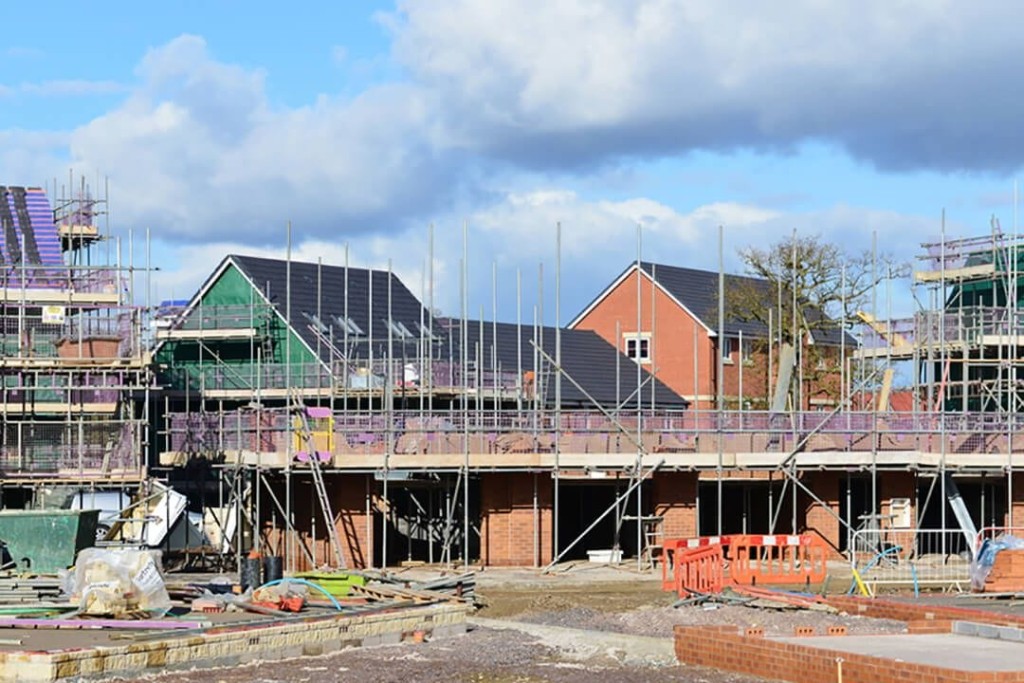
Another principle underlying the change of use here will be the fact that this brings an underutilised site back into its brownfield potential. In order to protect greenfield land, or land that has never been built upon before, “brownfield first” strategies have long been championed by interest groups and local governments.
The government has published guidance on brownfield land registers, which local authorities are meant to assess and keep updated in order to allocate sites for housing development on the pipeline. Meeting ambitious housing targets requires knowing where viable land for housing delivery is located.
Depending on the scale and nature of your site, and the number of units that are feasible (in planning terms) to propose, you could argue that your change of use falls in line with these policy goals. Some experts additionally argue that the recycling of derelict or underutilised land around existing resources encourages densification and as such is more sustainable.
As with any planning application, your proposal should be site-specific and well-informed, likely through the support of other specialist consultants such as an ecology expert. Knowing the full detail of what you’re working with will only help you argue your case on the basis of the site’s specific qualities.
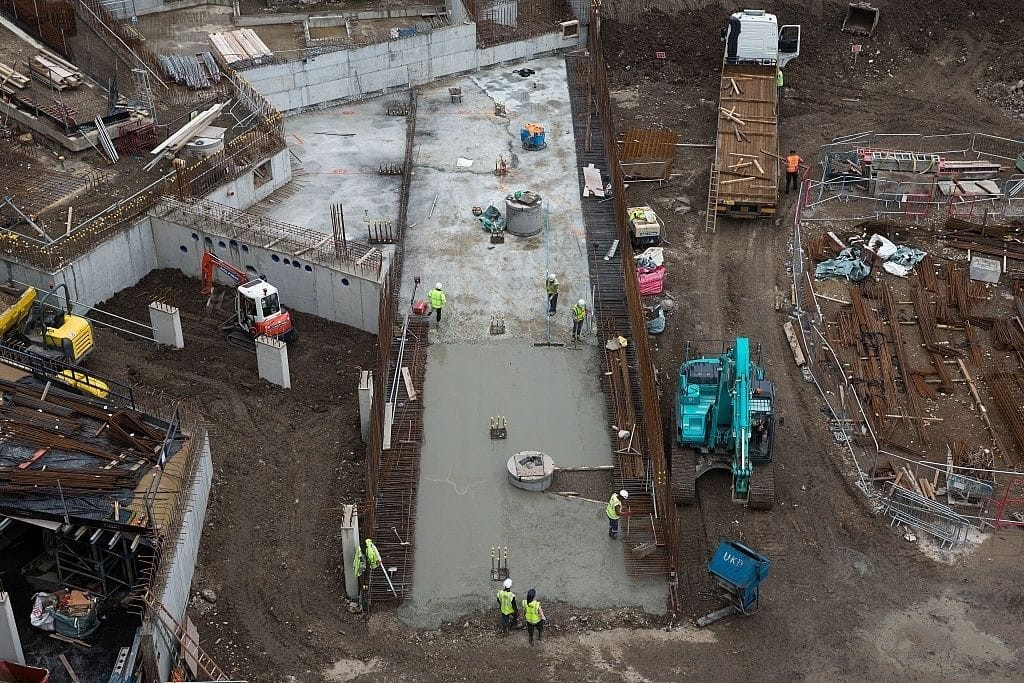
A number of applications for housing development on the sites of former petrol stations have recently been successful. Part of our work at Urbanist Architecture is keeping well informed on industry trends, and conducting detailed research into the ways that these projects were executed. That helps us to craft our own distinct approach.
A few examples stand out to us. In 2019, Southwark approved a proposal for 24 new homes, 13 of which are affordable, at the intersection of Old Kent Road and Penry Street. The works involve the removal of former petrol station oil tanks.
As a condition of planning permission for turning the disused petrol station into apartments, a site investigation and risk assessment was required in order to address the nature and extent of contamination on site. The council asked for these to be done prior to the commencement of any works or remediation.
They also imposed an archaeological condition for the tank removal process. It states that, in the event that any archaeological finds or deposits are found when carrying out the removal works, they must be reported to the local planning authority. Additionally, a report detailing the results of the work must be submitted in order to preserve the site’s archaeological interest.
The archaeological condition demonstrates that a wide variety of unexpected experts might have to be consulted in order to support the application for converting a petrol station into flats. At Urbanist Architecture, we navigate this for our clients by acting as lead consultant, liaising with each of the external appointees throughout the process and clarifying what information is required.
Moreover, our approach is to start with the necessary site investigations early rather than waiting for a pre-commencement condition to prompt them. This helps our clients understand what they are getting into, while strengthening the argument that we present to the council.
Each of these factors has to be addressed carefully, but we know that it’s possible to do so. Other precedents in London from Camden to Enfield, and beyond London from Walsall to Kent, demonstrate that, with thoughtful methods, a decommissioned petrol station certainly can be brought into residential use.
Similarly, back in 2017, a mixed-use scheme for the demolition of an existing petrol station and garage and the erection of two commercial units and four flats was approved in Weymouth and Portland. As we previously discussed, this proposal successfully retained the former petrol station’s retail use in its redevelopment.
As planners and architects, we are interested in how any space slated for regeneration was formerly experienced by local residents and consumers. In our research. we’ve seen a variety of instances where proposals came up against pushback during the public consultation process, for a number of reasons.
For example, people might currently use the petrol station for off-site parking in order to experience neighbouring amenities. In one case, it was brought to the local authority’s attention that the site neighboured a centre of worship with a poor access point – and due to this, people would walk through the petrol station lot in order to visit it.
It’s therefore important to understand how the space was used in practice.
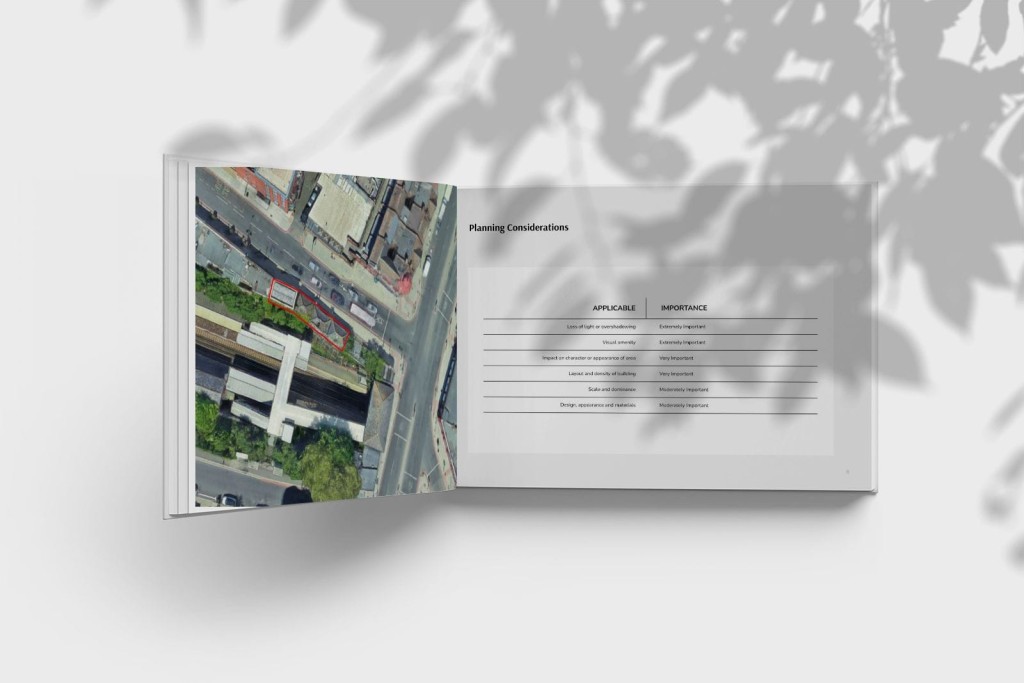
If your goal is to demolish and decontaminate an abandoned petrol service station, you’ll probably be trying to work out how many new homes you can fit on the site. The examples we have discussed range all the way from four flats to more than 70. It’s important not to make any hasty assumptions based on the size of your filling station alone.
As always with town planning, context is everything. The density you can build will be determined by access to public transport and the type of housing that surrounds the site. Since a petrol station is likely to be on a corner plot, that means there is likely to be some chance of going at least a storey higher than neighbouring buildings, but the building or buildings will still need to be in scale with the surroundings.
That’s what an architect will be thinking about when preparing plans for apartments on the site of a petrol station. As we mentioned before, for this kind of project, rather than pushing ahead to get an application in as soon as possible, it’s really worth commissioning a detailed feasibility study that will look at the planning context and could include architectural massing studies showing the scale of the building likely to be possible on your vacant petrol station plot.
In summary, whether you own a petrol station that is falling into disuse or are embarking on the purchase of one, there’s a route forward for housing development if you follow the right steps. This involves appointing a contamination expert early on, in order to understand the level of pollutants that you might be working with, and how to safely and efficiently remediate them.
Of course, contamination is not the only factor you will need to address if you aiming to build on petrol station sites. Since these applications also require a change of use to be made, your planning statement will need to make a case for it. The scheme should be designed around the relevant material planning considerations, such as transport, heritage and ecology.
If all of that sounds overwhelming, the good news is that we’re well-equipped to help you convert a former petrol station into a block of flats, houses or even a restaurant. Contact us if you think your site may have development potential. We can walk you through the necessary steps forward, and devise a bespoke, carefully researched plan to bring that land back into modern use.

Urbanist Architecture’s founder and managing director, Ufuk Bahar BA(Hons), MA, takes personal charge of our larger projects, focusing particularly on Green Belt developments, new-build flats and housing, and high-end full refurbishments.
We look forward to learning how we can help you. Simply fill in the form below and someone on our team will respond to you at the earliest opportunity.
The latest news, updates and expert views for ambitious, high-achieving and purpose-driven homeowners and property entrepreneurs.
The latest news, updates and expert views for ambitious, high-achieving and purpose-driven homeowners and property entrepreneurs.
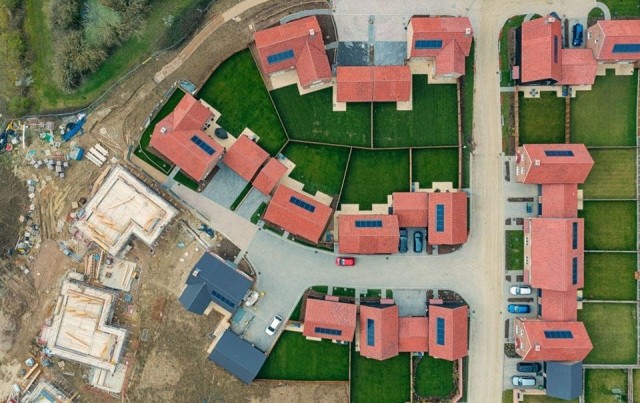

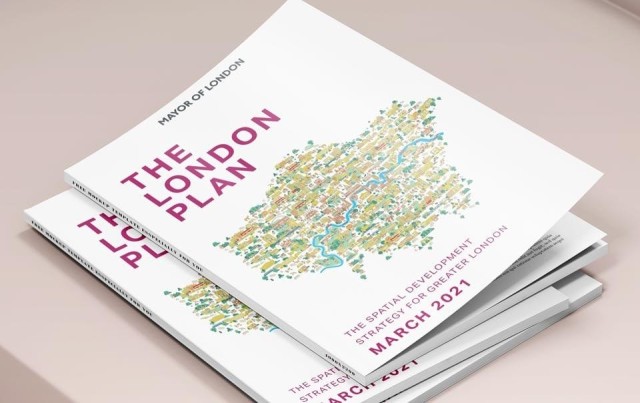


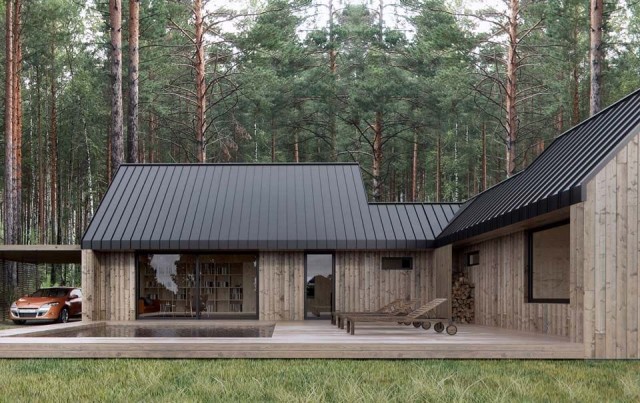
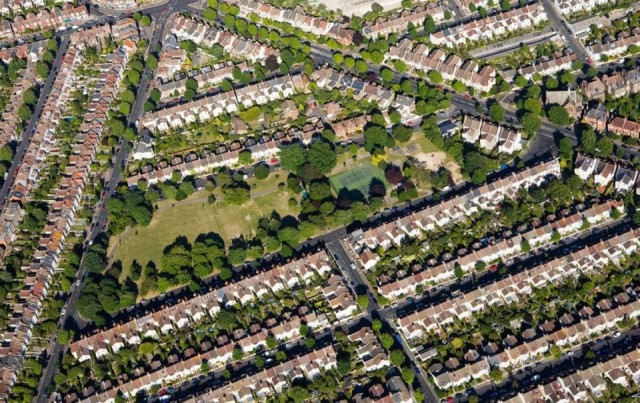
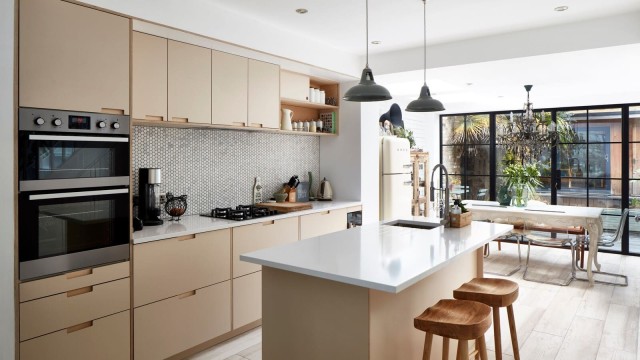

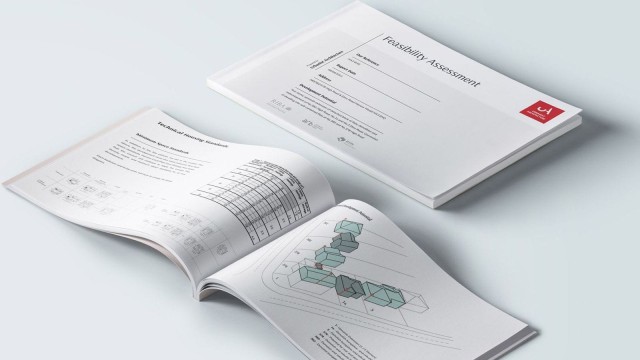
We specialise in crafting creative design and planning strategies to unlock the hidden potential of developments, secure planning permission and deliver imaginative projects on tricky sites
Write us a message